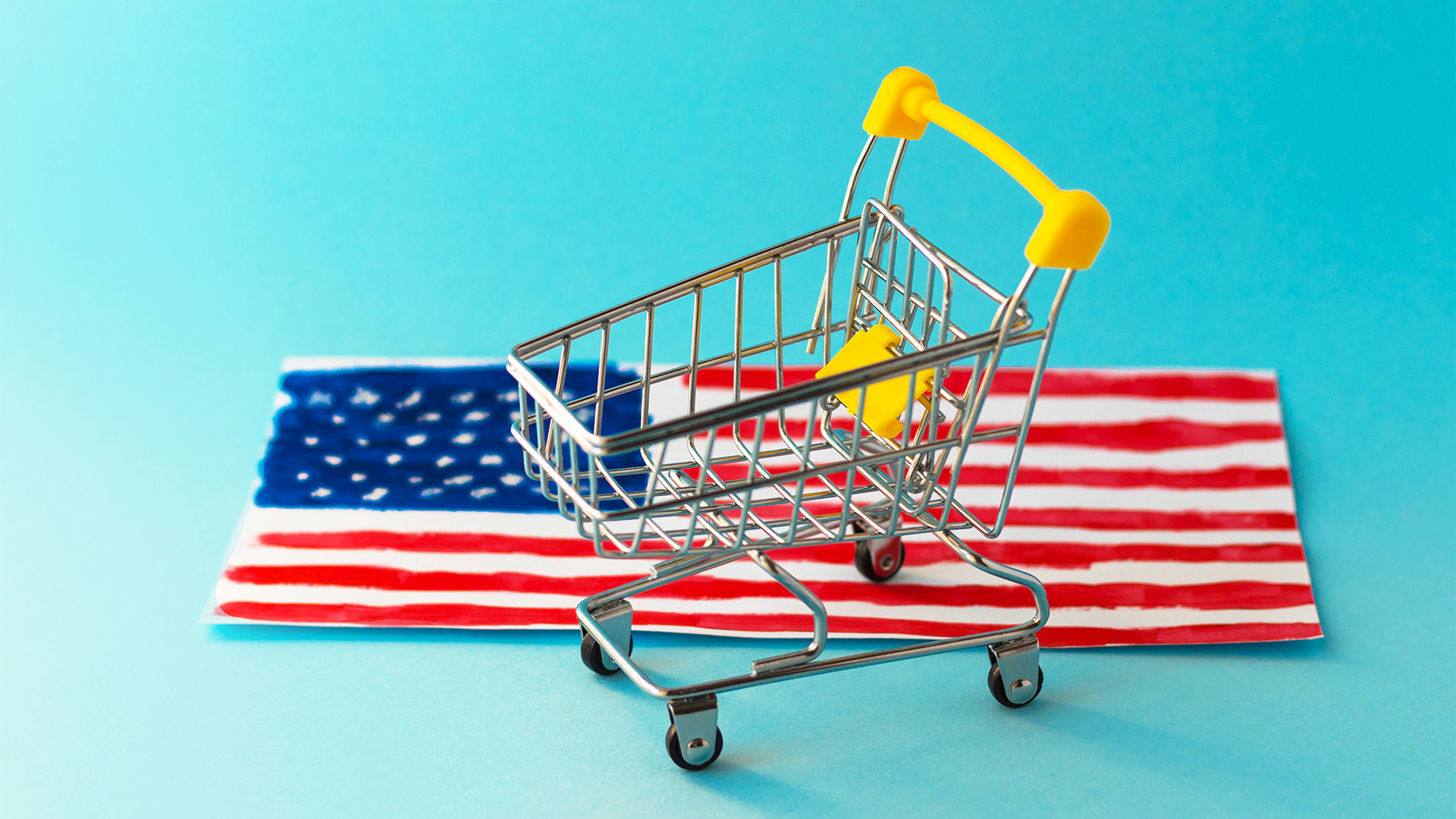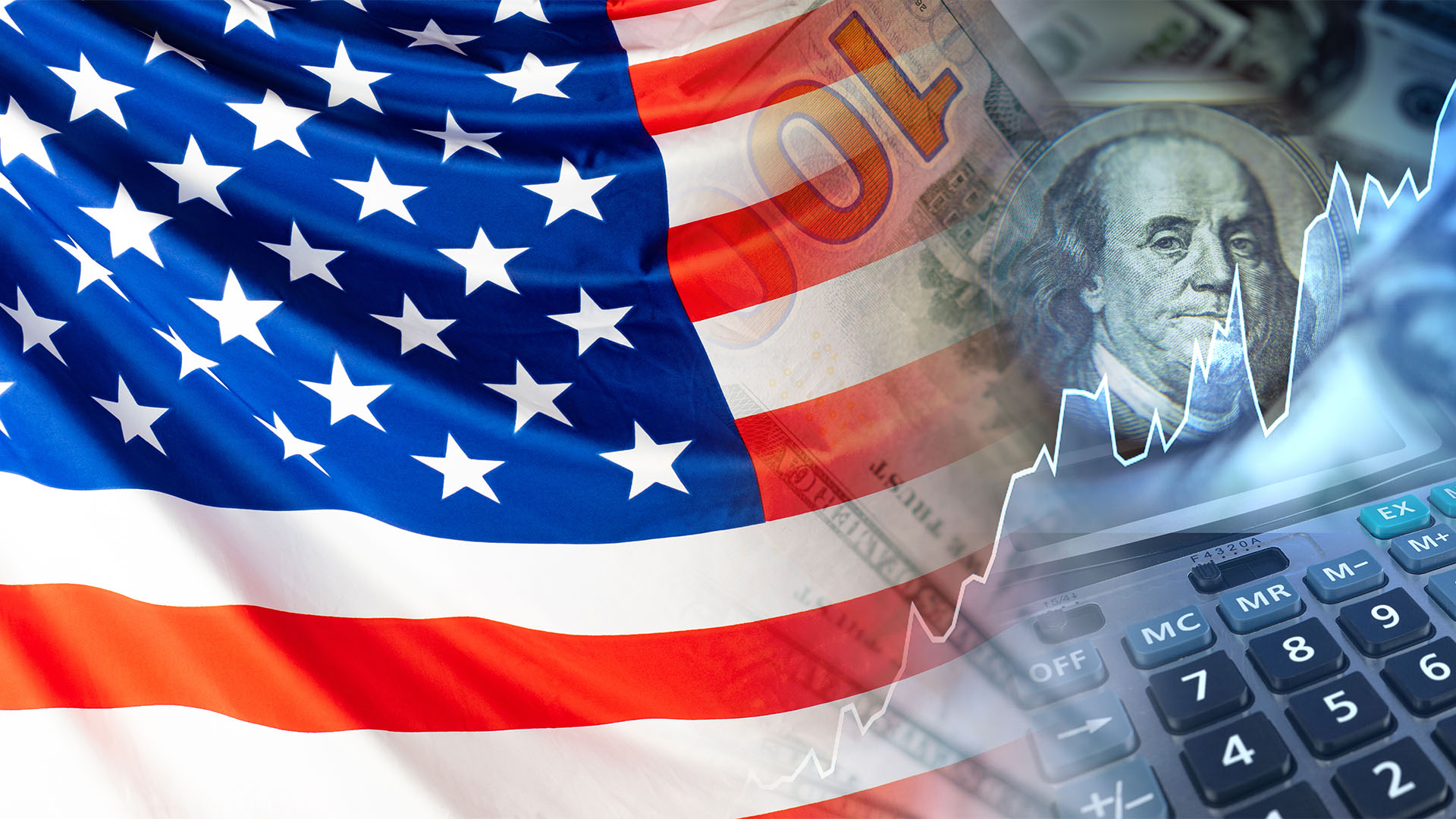The accuracy of the various surveys of US consumer sentiment, which showed weak levels of confidence, has been cast into considerable doubt by an even stronger retail sales report for March than expected.
Not only did retail sales rise by a very strong 0.7% last month, but the already very solid 0.6% rise in February was upgraded to an improvement of 0.9%.
This got economists, analysts, and anyone else with an opinion on the US economy arguing over just what this meant. The data helped Wall Street ease, along with continuing fears about the Middle East.
"We do not think the robustness of the March data can be explained away," economists at Bank of America wrote after the report was released.
"The ebullient gains in employment and sturdy wage growth provide consumers with the income wherewithal to keep spending at a rapid pace," Kathy Bostjancic, chief economist at Nationwide, wrote in a note.
Attention will now turn to a speech by Fed chair Jay Powell on Tuesday. Just what will he say about the rate cut agenda in light of the strong retail sales figures and the very strong jobs data for last month, not to mention the sticky inflation?
Certainly, bond traders had their own explanation – 'it's too hot', sending 10-year bond yields surging to around 4.62%, a rise of 12 points in less than a session.
Gold surged over the unheard-of level of $US2,400 an ounce despite the higher bond yields, peaking at $US2,404 an ounce for June metal. And the price in Australian dollars was nearly $A3,700 an ounce – can you believe it? $A3,698 at 5:40 a.m.
Equities were weaker.
Analysts said gold rose while investors awaited an Israeli retaliation to the failed Iranian aerial attack over the weekend.
That thinking saw silver leap to nearly $US29 an ounce, and copper charged higher, surging 2.5% (a big single-session rise for the red metal) to trade around $US3.46 a pound.
These rises came despite a strong rise by the US dollar (rising bond yields and the greenback are usually negative for US dollar-priced commodities), and the Aussie dollar lost half a percent to trade around 64.40 US cents.
Many economists had tried to explain away the solid first reading for February retail sales, but the March report and sharp revision to the previous month saw a lot of head-scratching and wondering about just what is going on in the minds and wallets of American consumers.
The sales report showed stronger sales at online retailers, gasoline stations, building suppliers, and food and beverage shops. That offset a drop in sales at electronics stores, auto dealers, and clothing retailers.
The so-called control group — a core-style figure which excludes volatile categories like gas, autos, and building materials and feeds into the calculation of consumer spending in GDP — rose 1.1% in March. That follows a 0.3% increase in February and a slightly negative reading (-0.1%) in January.














